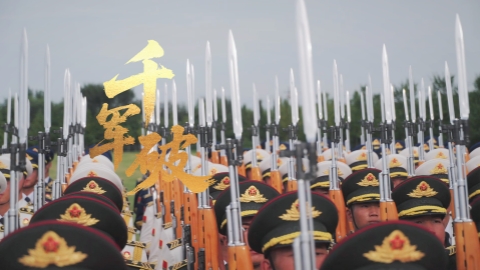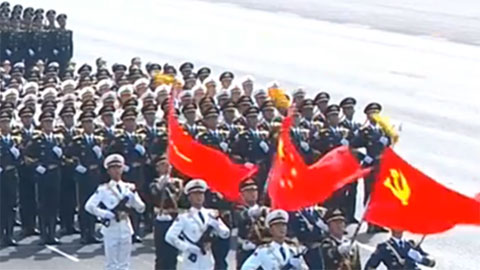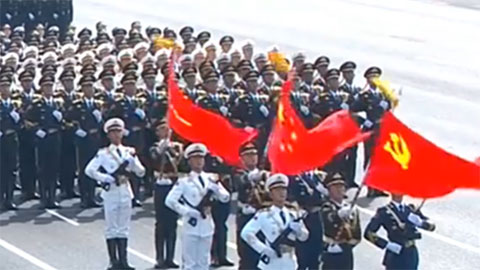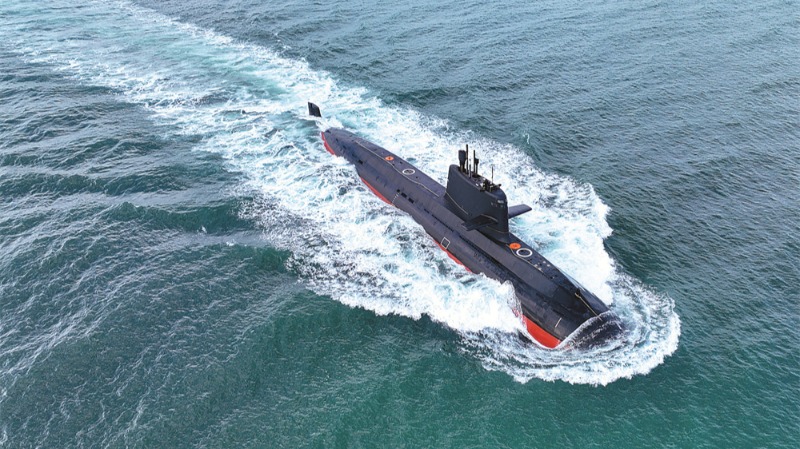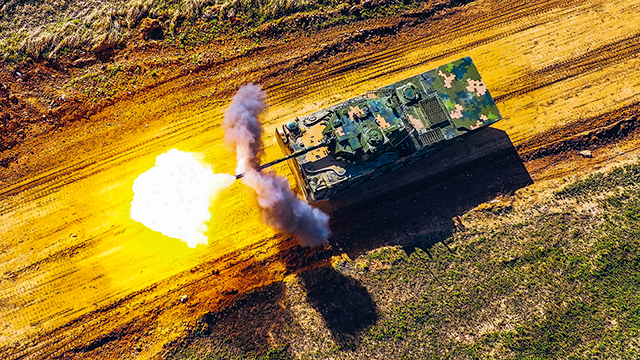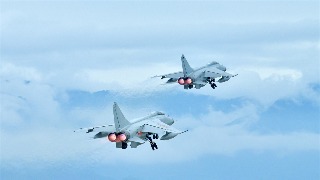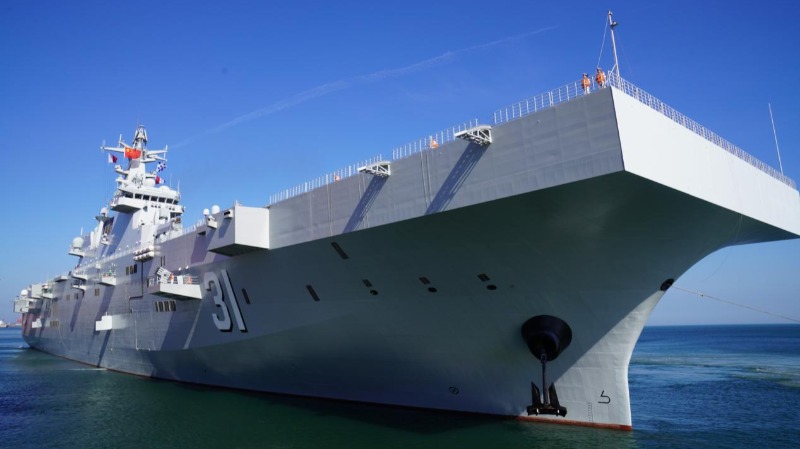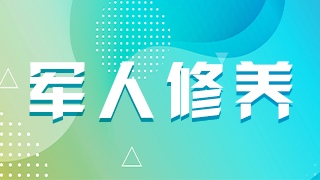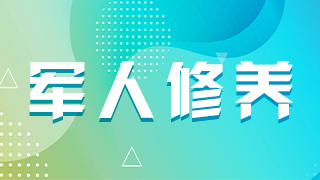杨王诗剑
By Yang Wangshijian
今年10月举行的第14届首尔国际航空航天暨军工业展览会上,韩国国防工业推出多款新型武器装备。韩国总统更是亲自站台推介,展现出该国推动武器出口的决心。韩制武器热销是近几年的事。据韩媒报道,2011年至2020年间,韩国军工出口额一直维持在每年20亿至30亿美元的水平。这一数字在2021年才增至72.5亿美元。去年,这一数字达到170亿美元,实现了韩国防卫事业厅所说的“近半个世纪以来的壮举”。
In October of this year, the 14th Seoul International Aerospace & Defense Exhibition was held, where the defense industry of the Republic of Korea (ROK) unveiled a variety of new weapons and equipment. The ROK President personally endorsed the event, demonstrating the country's determination to promote arms exports. The popularity of ROK-made weapons is a recent trend. According to media reports, the country's military exports from 2011 to 2020 have consistently maintained a level of USD 2 to 3 billion per year. This figure only increased to USD 7.25 billion in 2021, but reached USD 17 billion last year, which its Agency for Defense Development referred to as a feat in nearly half a century.
不过,在军工出口额骤增的背后,其售出武器的构成及出口方向并不均衡。一方面,韩国出口的武器,主要是K-2主战坦克、K-9自行火炮、T-50教练机/FA-50轻型战斗机和一些舰艇。其中,舰艇出口收益占到其出口总额的近七成。另一方面,少数国家的大单凸显了韩国武器在国际军贸市场上的表现。比如去年,仅波兰就向韩国采购了价值近150亿美元的武器。韩国武器出口快速增长的直接驱动,是短期内向特定对象出口大量特定产品。至少从当下来看,其出口武器的时空分布及范围都比较有限。
Behind the sharp increase in its military exports, however, there is something uneven about the composition of weapons sold and their export destinations. On the one hand, the majority of the exports include K-2 main battle tanks, K-9 self-propelled artillery, T-50 trainers/FA-50 light combat aircraft, and warships. Among these, warship exports account for almost 70% of the total export value. On the other hand, the large orders from a small number of countries highlight ROK's performance in international arms markets. For instance, Poland alone procured weapons worth nearly USD 15 billion from ROK last year. The rapid growth of ROK's arms exports is directly driven by the short-term export of a substantial number of specific products to specific customers. At least for now, the time span and distribution of its arms exports are relatively limited.
在快速增长的同时,韩国军工业却在很大程度上依赖“外援”。通过他国援手,韩国能够比较方便地获得西方先进军事技术,提升武器研制水平,增强市场竞争力。但这种经历与现实,也使该国掌握的武器研发核心技术相对有限。据外媒报道,韩军现役自研主战装备的国产化率还不到50%,其中,动力、电子、武器系统等关键核心技术仍然依赖进口,而且在制导武器等尖端领域的出口数质量也都不高。这也从一个侧面反映出韩国对核心军事技术的掌握还不够多。
While experiencing rapid growth, ROK's military industry heavily relies on "foreign aid"assistance. Through the aid of other countries, ROK can easily access advanced Western military technology, elevating its weapon development capabilities, and strengthening its market competitiveness. However, this situation has also limited the country's know-how on core weapons research and development (R&D) technology. According to media reports, the localization rate of ROK's domestically-made main combat equipment is less than 50%. Core technologies such as power, electronics, and weapon systems still rely on imports. Moreover, the quantity and quality of exports in cutting-edge fields like guided weapons are not high. This reflects, to some extent, ROK's insufficient command over core military technologies.
在外界印象中,韩制武器受欢迎的重要原因之一,就是能够“平替”西方的一些先进武器。但在笔者看来,实际就当前售价而言,韩制武器并不便宜。“韩流”的涌动,只能说在相对较低的价格之外,还有其他四个原因。
In the perception of the general public, one of the main reasons why ROK-made weapons are popular is that they are cheaper substitutes to some advanced Western weapons. However, these weapons are only relatively inexpensive. And, in addition to their relatively low cost, there are four other factors contributing to the ROK flush.
首先,韩国积极推动其武器融入北约体系。长期以来,韩国一直在制造能与美制武器兼容的装备,以吸引那些希望以较低成本重整军备的国家。目前,韩国已经成为北约国家中仅次于美国和法国的第三大军火供应国。其次,拥有一定产能优势。据韩媒报道,韩国3年就可以生产上百辆K-2主战坦克,而德国需要5年才能生产50辆“豹”2A7主战坦克。波兰原本同美国签署了采购“海马斯”多管火箭炮系统的协议,但由于供货日程无法满足需求,遂决定同时采购韩国的“天橆”多管火箭炮作为补充。再次,采取灵活的军售政策。西方一些国家出口武器往往会附加技术、政治等方面的限制,韩国在这方面相对宽松,还可提供多样化的金融工具和定制服务。最后,也是最重要的一个原因,是韩国政府对武器出口高度重视。军工业是韩国近半个世纪以来扶持力度最大的产业之一。2020年,韩国更新国防补偿政策,旨在促成本土中小军工企业与国外武器装备承包商联合,以融入军贸市场的全球供应链。2020年1月,韩国总统府表示,将设立“国防工业官”职位。此外,韩国国防部还新设立了“防卫产业出口企划科”。这些举措,都旨在从更高层面推动国防产品出口。
First, ROK actively promotes the integration of its weapons into the NATO system. It has long been manufacturing equipment compatible with US-made weapons to attract countries seeking to rearm at a lower cost. Currently, it has become the third largest arms supplier among NATO countries, following the United States and France.
Second, ROK possesses certain advantages in production capacity. According to media reports, it can produce hundreds of K-2 main battle tanks in three years, whereas Germany requires five years to have 50 Leopard 2A7 main battle tanks leave factory. Poland initially signed an agreement with the US to procure the High Mobility Artillery Rocket System (HIMARS). However, due to a delayed supply schedule, it decided to concurrently procure ROK's K239 Chunmoo High Mobility Artillery Rocket System as a supplement.
Third, ROK adopted a flexible arms sales policy. While some Western countries often impose technical and political restrictions on arms exports, it is relatively lenient in this regard and can also provide diversified financial instruments and customized services.
Lastly, and most importantly, the ROK government attaches great importance to arms exports. The defense industry has been one of the most heavily supported industries in ROK for nearly half a century. In 2020, ROK updated its defense compensation policy to enable local small and medium-sized military enterprises to form alliances with foreign weapons contractors and integrate into the global supply chain of arms trading markets. In January 2020, ROK's presidential palace announced the establishment of a "defense industry officer" position. Additionally, the Ministry of Defense established a new "defense industry export planning department". These measures are all aimed at promoting the export of defense products to a higher level.
得益于良好的市场表现,去年底,韩国国防部声称,将以市场占有率突破5%为目标,争当全球第四大军火出口国。从当时情形来看,实现这一目标的可能性似乎较大。不过,市场不会一成不变,其他国家也不会原地踏步。韩国武器出口额的全球排序近年来有升有降,至少目前距离“全球四强”的目标依然较远。而且,随着武器出口份额的增加,韩国已经触及其“外援”的“蛋糕”。后者加强对前者的技术限制,以保证自身的市场占有率,几乎成为必然。同时,由于大量依赖外部技术,韩国武器出口的相当一部分收入需要用于支付专利使用费,加之“低价+赠品”的销售模式,使韩国军工企业的利润率一直不太高。如果订单规模不能持续,韩国的一些武器生产线可能出现大面积关停情况。
Thanks to strong market performance, ROK's defense ministry announced at the end of last year its ambitious goal of becoming the fourth-largest arms exporter in the world, with a market share exceeding 5%. At that time, it seemed highly possible to achieve the goal. However, markets are not static, and other countries will not remain stagnant either. ROK's ranking in global arms exports has fluctuated in recent years and is still far from reaching the goal of being one of the "Global Top Four". Moreover, as the share of arms exports increases, it has offended the benefits of the countries providing technical aid, which will almost definitely impose increased technical restrictions on ROK to safeguard their market share. Additionally, due to heavy reliance on external technologies, a significant portion of the revenue from ROK’s arms exports will be used on paying royalties. Furthermore, the sales model of "low price + free gift" has significantly limited the profit margin of ROK military enterprises. If the order volume remains unsustainable, there is a possibility that several weapons production lines in ROK may be extensively shut down.
根据斯德哥尔摩国际和平研究所公布的数据,近20年来,全球武器出口额排名前五的位置只在6个国家间轮番变动,充分反映出这类贸易背后的特殊之处。作为各国政治、经济、外交、军事实力的综合体现,面对如此排名,韩国想要短时间内成为武器出口大国并不容易。
Based on data released by the Stockholm International Peace Research Institute, the top five positions in global arms exports have rotated among only six countries over the past 20 years, which fully reflects the unique nature of this trade. As a comprehensive reflection of a country's political, economic, diplomatic, and military strength, it is not easy for ROK to become a major arms exporter in a short period.







